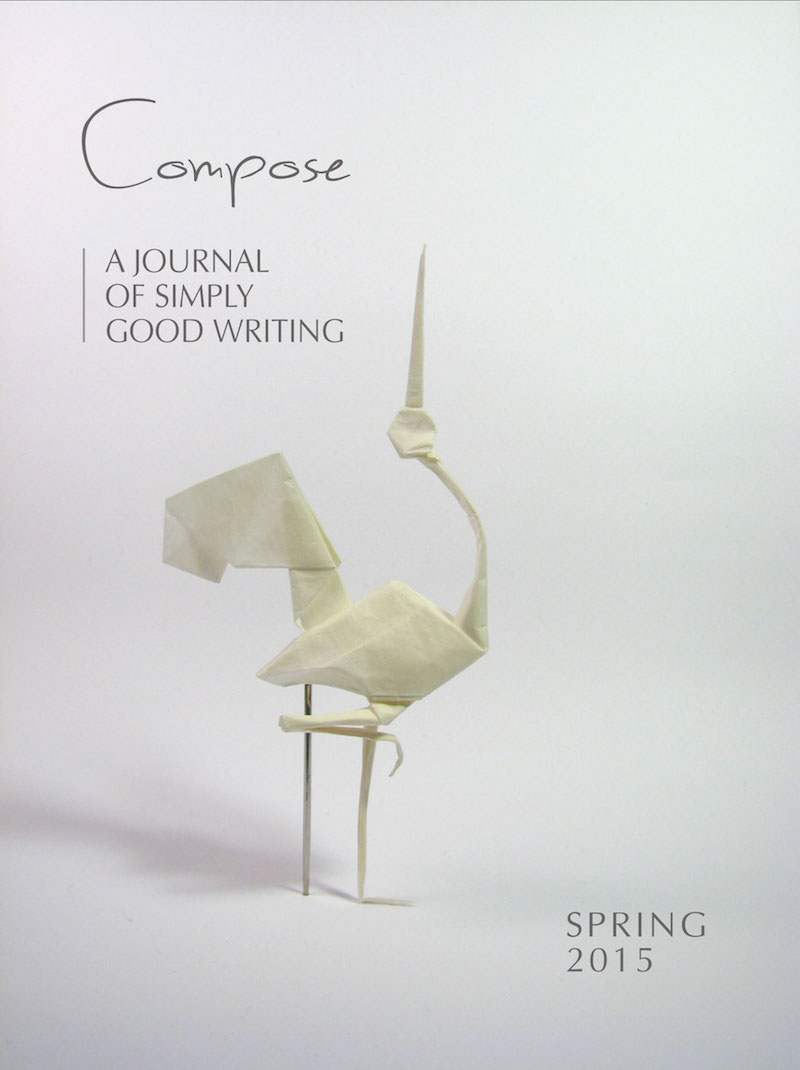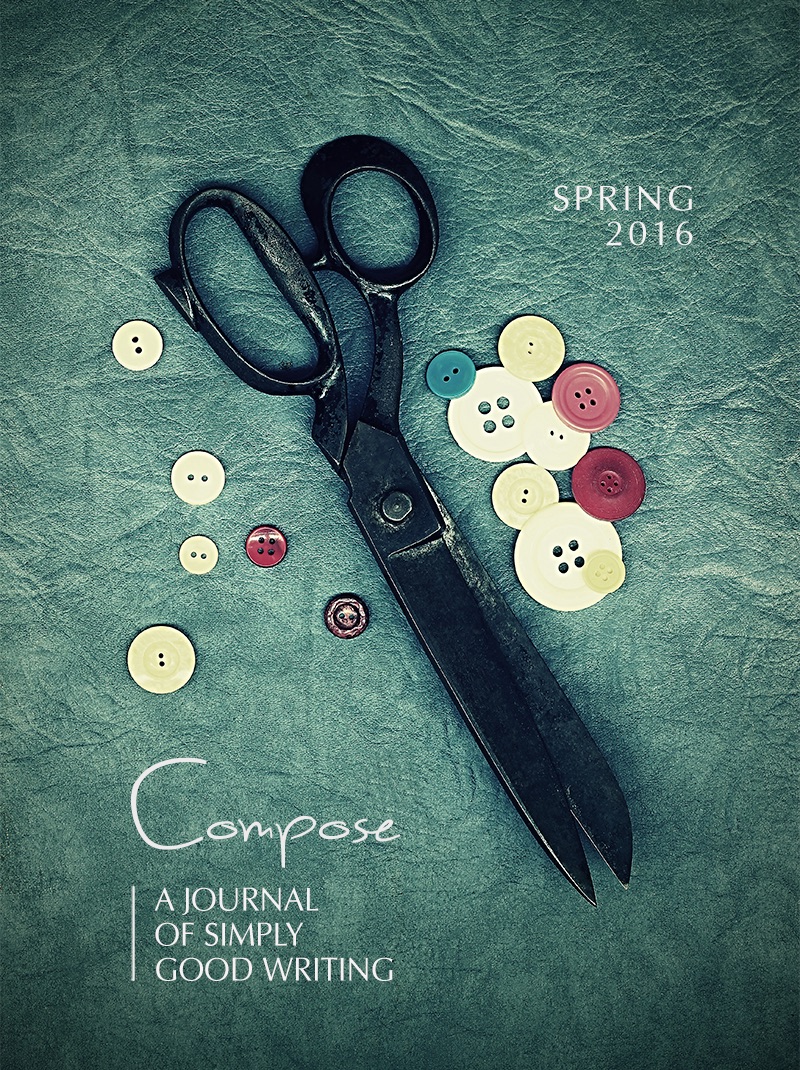Angie & Betty & Me

My grandmother, Angelina Maria, looks out from faded photographs with the slightest, most mysterious smile, as though she left us with a terrific secret. She was born in Italy, moved to America as a child, lived on a hill covered in lilac bushes, and died on Valentine’s Day in 1974. Just an infant when she passed, I came to know her best through her lasagna recipe, which didn’t exist on paper. Instead, it was handed down to her descendants—first to my father, who later shared it with my mother. Eventually, they both shared it with me.
I learned to prepare the dish at the age of ten, standing at the mustard-yellow countertop in my family’s 1980’s kitchen and watching my mother and father mix and measure in a firestorm of precision. At first, my job was to hand them plastic bowls of ingredients, like a nurse retrieving instruments for a surgeon. With two working parents, my brother and I were often home alone, making peanut butter sandwiches or heating up a can of SpaghettiOs. Lasagna became a prescription for our hectic lives. We followed the recipe exactly, just as Angelina would have wanted. It was our meal of choice for birthdays, holidays, anniversaries, and anything else worth celebrating.
By junior high, I could make it myself. First came the sweet, tangy red sauce. Then, the boiled noodles, long and wavy. Over the noodles went the filling of cottage cheese and mozzarella mixed with one egg and a palmful of oregano. We browned a pound of ground beef with onions and garlic, then spread the seasoned meat over the filling, topping it with more curly noodles. And so it went, layer after layer, until the glass baking dish weighed as much as a newborn baby.
For one tantalizing hour, we watched through the oven window as the lasagna baked, our bellies rumbling as the kitchen timer marked the minutes. Eventually, we retreated to the living room to distract ourselves with Three Stooges reruns. When the lasagna finally emerged, red sauce sizzling against the sides of the dish, noodles brown and crispy at the edges, everyone in my family queued up for our first taste, mouths watering with the thought of it.
As my brother and I got older, mealtimes became more haphazard, as we often went our separate ways. He ate at the neighbor’s house, and I grabbed something after basketball practice. Dad came home late from work and carried his plate to the living room, where he watched game shows and drained a bottle of beer. My mother sat alone at the kitchen table, nibbling her dinner and looking over the supermarket circulars. Lasagna days were different, though. That’s when we crowded around the table, passed the salt and pepper, and served each other second helpings. Every now and then, one of us would remark on how good dinner had turned out, but mostly we just sat next to each other and ate. The Angelina I knew, or thought I knew, would have been pleased.
*
When I was five years old, my parents worked first shift at the local shoe factory. My father cut the leather, while my mother worked on the crew that glued the loafers together. Every weekday before sunrise, they dropped me off at one babysitter’s house, dropped my brother off at another babysitter, then drove along dark country roads to work. Their jobs were tedious and difficult, and the paychecks were meager. In the afternoons, they came home tired and sweaty and smelling like rubber cement.
On the weekends, my mother, Gail, made wedding cakes that she sold for a hundred dollars each to supplement the family income. Brides on a budget called in their orders, and she never said no. Instead, she pinned back her curly brown hair and gathered her supplies: glass bowls, rubber spatulas, and round cake pans that she coated with Crisco and dusted with flour.
For the cake batter, she used Betty Crocker mixes, which often went on sale two for a dollar at the supermarket in our western Maine town, where trailer parks and paper mills dotted the landscape. The mixes, she said, were as good as scratch—and quicker, too. Just add an egg was the Betty Crocker slogan. For the frosting, she used pillows of confectioners’ sugar. White clouds of sweet powder drifted into the air over the kitchen sink as she poured each bag into a bowl. After adding a few splashes of milk and a drop or two of vanilla extract, she beat the combination until it peaked like mid-winter snow.
My parents came from large families, and much of their childhoods were spent learning how to stretch food and money. When he was in high school, my father bagged groceries at the local market and brought his weekly paycheck home to Angelina to help feed his siblings. As a child, my mother learned to whip extra potatoes into the shepherd’s pie and add day-old bread to the meatballs, acts of frugality she carried into adulthood.
When it came to cake decorating, she was entirely self-taught. I watched her in the kitchen, coaxing stiff frosting into delicate roses, all in varying stages of bloom. The ones that came out perfectly went onto the wedding cake. The ones that wilted went into my mouth.
My mother spent hours mixing, baking, and decorating. By the time she finished, frosting clung to her hair and crusted the edges of her eyeglasses. Her fingers were sore and her back ached, but making those cakes gave her a sense of accomplishment and expertise she never managed in the shoe factory.
*
Betty Crocker was born in 1921 in Minneapolis, not in a hospital but in a boardroom. She was the creation of advertising executive Samuel Gale, who worked for the Washburn Crosby Company flour mill. After receiving hundreds of letters from ladies asking questions about baking with the company’s products, Gale thought there should be an expert—particularly, a female expert—to answer their inquiries. Washburn Crosby later became General Mills, one of the largest food manufacturers in the world. And Betty Crocker became the nation’s definition of the perfect American housewife.
In her book, Finding Betty Crocker: The Secret Life of America’s First Lady of Food, author Susan Marks says Gale chose the last name Crocker to honor a retiring coworker and the first name Betty because it sounded cheery and wholesome. Then he ran a contest for the company’s female employees to see who could give Betty the best signature. The winner was a secretary named Florence Lindeberg. Her thick, loopy signature would go on letters and product boxes for years to come.
In 1924, Betty Crocker got her own radio show. “The Betty Crocker Cooking School of the Air” began in Minneapolis but soon spread to a dozen cities, with a different Betty in every town. Each actress read from the same script, which included recipes, meal planning ideas, and advice on maintaining domestic bliss through homemaking.
Fans got their first glimpse of Betty in 1936, when the company commissioned New York artist Neysa McMein to meld the features of the company’s female employees into one friendly, matronly face. In this portrait, she wears a tomato-red blazer over a crisp, white collar. Her hair is black and wavy, with some gray at the temples. She is attractive and elegant, but there is also a kind of sternness about her. Her brown eyes are warm, but her lips are stiff and unsmiling.
*
I have seen only a few pictures of my grandmother. In one, she is sitting on a picnic blanket on a grassy hill. Her hair is black and wavy, her bosom is large, and she’s wearing a flowered dress with a white apron that has checkerboard along its edges. Her legs extend straight out in front of her, like a child trying to sit in a ladylike fashion. She isn’t smiling, but her face seems poised for laughter.
I could be wrong about that apron. She might not be wearing it at all. But in my mind, she was the kind of woman who always wore a checkerboard apron, who always smelled like cookies, who wanted to show you the width and breadth of her love by fixing you a plate of pasta. When you were bad, she swatted your behind with a dishtowel. When you were good, she pulled you into that bosom for a warm, delicious hug.
*
With her radio show, Betty Crocker flourished. Women saw her as a mother figure, a confidant, someone who dispensed practical advice without judgment. When the nation’s economy was poor, she told listeners how to cook on a budget. In wartime, she encouraged them to ration items like meat and sugar, and told stories about soldiers and the young brides they left behind. By 1945, Betty’s popularity was unprecedented. Fortune magazine named her the second most popular woman in America, behind First Lady Eleanor Roosevelt.
The magazine, however, also revealed her as a fake—a fictitious persona created to serve as a marketing tool. The news was shocking, but customers were unfazed. They bought her products and tuned into her shows with more fervor than ever. Consumers liked the story of Betty Crocker more than the reality.
*
For years, I held a certain image of Angelina not terribly unlike the matriarchs of my favorite television shows. She was sassy like the old woman on Mama’s Family, yet stern like the granny from The Waltons. She was silly like Edith Bunker but sweet like Mrs. Cunningham. There was something pleasing about those women, something charming and irresistible. For better or worse, they brought their families together. At the end of each episode, everyone was fed and happy.
Maybe my grandmother was a mix of these characters, or maybe she wasn’t. I wouldn’t know for sure. She suffered a fatal aneurism when I was just one month old. For my father, talking about her was too painful. My curiosity about our family history seemed to make him sad. So instead of asking questions, I took tidbits gleaned from aunts and uncles and cooked up my own version of her. Take one black-and-white photograph. Add a pinch of protectiveness, a sprinkle of checkerboard fabric. Fold in one middle name. Let rest for forty years.
That’s how most stories are told, aren’t they, with a measure of truth, an overheard anecdote or a slice of memory? Something gets added. Something else gets changed. Our imaginations fill the gaps. It’s human nature to make up stories. We can’t help but create the narratives we need, for whatever reasons we need them: to feel nurtured, to make our lives more interesting, or to connect to something larger than ourselves. Layer upon layer we go, until reality collapses beneath the weight of our own invention.
*
In 1950, one year before Angelina gave birth to my father, Betty Crocker published her first cookbook, featuring more than 400 pages, many illustrated. Betty’s name was on the cover, but the true author of the book was Agnes White, a home economist and nutrition expert from Valley Center, California. The collection included recipes for chicken, casseroles, cookies—even tips for decorating cakes. It quickly became a best-seller, as homemakers around the country looked for new ways to keep cooking simple, to celebrate holidays, and to entertain friends and relatives.
Since then, the company has printed a dozen editions, including one that features the lasagna recipe I mistakenly came to believe belonged to my grandmother.
*
A snippet of memory from my parents’ kitchen suggests I may have known all along the recipe was not truly Angelina’s. In this singular, hazy image, the red-and-white edge of the cookbook’s cover rests on our golden countertop, opened to a yellowed page with blurry words in small black type, the ink smeared by spills and frequent use.
Looking back, there seems no revelatory moment when I discovered the dish was neither original nor authentically Italian, but the evidence seems clear to me now. The sauce came from a jar. The noodles were boxed, not fresh. And the filling called for cottage cheese instead of traditional ricotta. These were the shortcuts of a busy, thrifty family, not the measured actions of an Italian-immigrant grandmother in a white apron. The dish was a sign of the times, symbolic of an era when more mothers worked and more households relied on the convenience of processed foods. After a week of Hamburger Helper and boxed macaroni and cheese, my parents wanted to cook something that was special but also inexpensive and easy to prepare. Lasagna fit the bill.
At some point in time, I fabricated a history for the recipe, thinking that if the recipe were special then we were special too. I wanted to be part of something bigger, something that extended beyond my gritty little factory town. I wanted my family—the story of who we were and where we came from—to be extraordinary. So I concocted a grandmother, then attributed the recipe to her. I imagined her carrying it over on her long journey from Italy and handing it down to my parents. I repeated the fantasy so many times that it all became true.
*
On a Monday afternoon, I called my mother for her biscuit recipe. She shared the list of ingredients, along with a few stories about my grandmother. My father was napping, so there was no risk of our conversation upsetting him. Turns out, most of the things I knew about Angelina were wrong. She had no middle name. Everyone called her Angie. Her lineage is Italian, but she was born in Maine. She grew up in a modest house with two siblings, not far from one of those paper mills.
Angie was feisty and stubborn. Whenever my dad planned a date with my mom, she would hide his shoes to keep him from leaving the house. No woman was good enough for her son. But when she saw that my mother was frugal too, that she knew her way around the kitchen, my grandmother relented. She stopped hiding my father’s shoes and started inviting my mother over for dinner.
Angie liked fancy chocolates and squirreled away boxes of candy in the top drawer of her bedroom dresser. No one seems to remember her making lasagna, but she did love to cook—meatballs, doughnuts and potato chips, all from scratch. She stood at the stove for hours making her own spaghetti sauce, stirring and tasting and adjusting the heat until it was just right.
The part about her dying on Valentine’s Day was correct, but her cause of death was not. She suffered a blood clot in her heart at the age of 47. In the front yard of her former home, where my parents now live, she planted a lilac bush that still blooms purple every spring—a perennial reminder that she existed.
*
When my daughter was born in 2006, I knew exactly what her name would be.
My Angie is feisty too. When she doesn’t want to go somewhere, she hides her shoes and refuses to put on pants. Some nights she waits until I have fallen asleep, then grabs her comic book and flashlight to read under the covers. She has the uncanny ability to tune me out when I’m telling her to clean her room, but the hearing capacity of a fruit bat when I’ve accidentally said a curse word.
Sometimes we bake together. She drags her red plastic stepstool to the kitchen counter, and I put on my apron—which, for the record, is white with purple butterflies. We stand side by side, stirring chocolate chips into cookie dough or rolling out crust for apple pie. She helps me measure the flour and slice the apples, but mostly she nibbles ingredients when she thinks I’m not paying attention.
Every year on her birthday, I make a cake using a Betty Crocker mix and my mother’s old pans. Sometimes Angie asks for a cake with sharks on it. Other times, she wants plain chocolate with candy sprinkles. I am not as creative or as talented in the kitchen as my mother, but that’s all right.
She and I haven’t made lasagna yet, but one day we will. I’ll show her how to mix the filling, how to arrange the layers and bake it so the edges get brown and crispy. For now, though, we’ll stick to banana bread, blueberry muffins and cinnamon buns. Some day she’ll tell stories about the recipes. Some of those stories might even be true.










